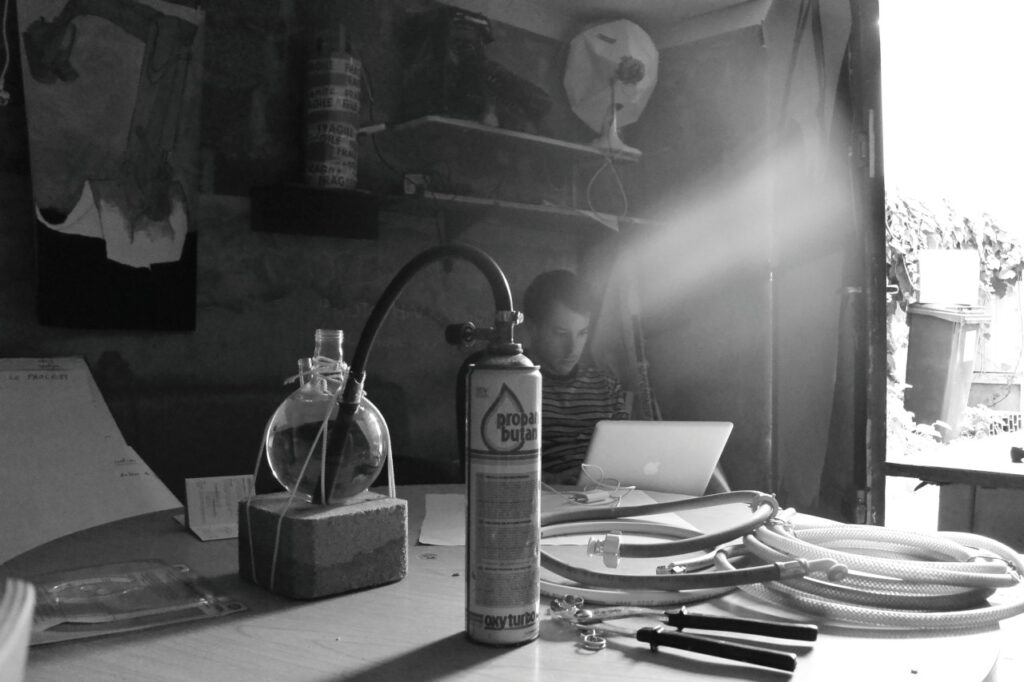[LUM#1] The golden age of participatory science
Long regarded with suspicion by researchers, participatory science has now won its spurs in the scientific community.

They spend hundreds of hours in nature, watching birds, counting butterflies, spotting insects and identifying plants. Yet they are not professional ornithologists, entomologists or botanists. What do they have in common? These nature lovers put their passion at the service of scientific research. This is the principle of participatory science. Today, knowledge is also developed with the contribution of the general public," explains Vincent Devictor of Montpellier's Institut des sciences de l'évolution. Citizens contribute their skills, their energy and their know-how: added values that are proving invaluable . A true pioneer in this field, the ecologist wrote his thesis 10 years ago on the impact of landscape disturbance on birds, using only data collected by volunteers.
A gold mine of data
A principle that has long met with a certain amount of mistrust in the scientific community. Why trust observers who are not recognized scientists? How do we know that these data are reliable? "Of course there are limits: there are errors, inaccuracies and uncertainties, but we use statistical tools to correct these biases and ensure that the data is scientifically relevant," explains Vincent Devictor. This is enough to dispel the doubts of most researchers, who now recognize the value of this approach. " We've entered the mature age of participatory science ", rejoices the ecologist. The proof? Since 2004, the sustainable development indicator used at ministerial level has been based on data collected by citizen volunteers.
Today, participatory science programs are multiplying, and volunteers are accumulating thousands of hours of nature observation. But it's important to know how to make the most of this gold mine. It's not enough to have data to create information," warns Vincent Devictor. You also need to ask the right scientific questions to extract the relevant information. And to avoid being buried under an avalanche of data...
Les herbonautes, a fun, collaborative project
Creating a scientific database from millions of plant photos from French herbaria is the aim of Herbonautes. When was the plant harvested? Where was it collected? Who harvested it? Valuable information handwritten on labels. To record this information in a gigantic public database, the Muséum national d'Histoire naturelle is appealing to the goodwill of botanical enthusiasts and the simply curious. An arduous task that would take 500 years if carried out by just one person! " This project has succeeded in transforming an arduous task into something fun that anyone can do," stresses Florent Arpin-Pont. The volunteer herbonist deciphered a hundred or so New Caledonian sapindaceae plates. A valuable contribution for Jérôme Munzinger, the botanist in charge of this mission. " It considerably lightened our own data entry workload, allowing us to refocus on other research ".
UM podcasts are now available on your favorite platforms (Spotify, Deezer, Apple podcasts, Amazon Music...).